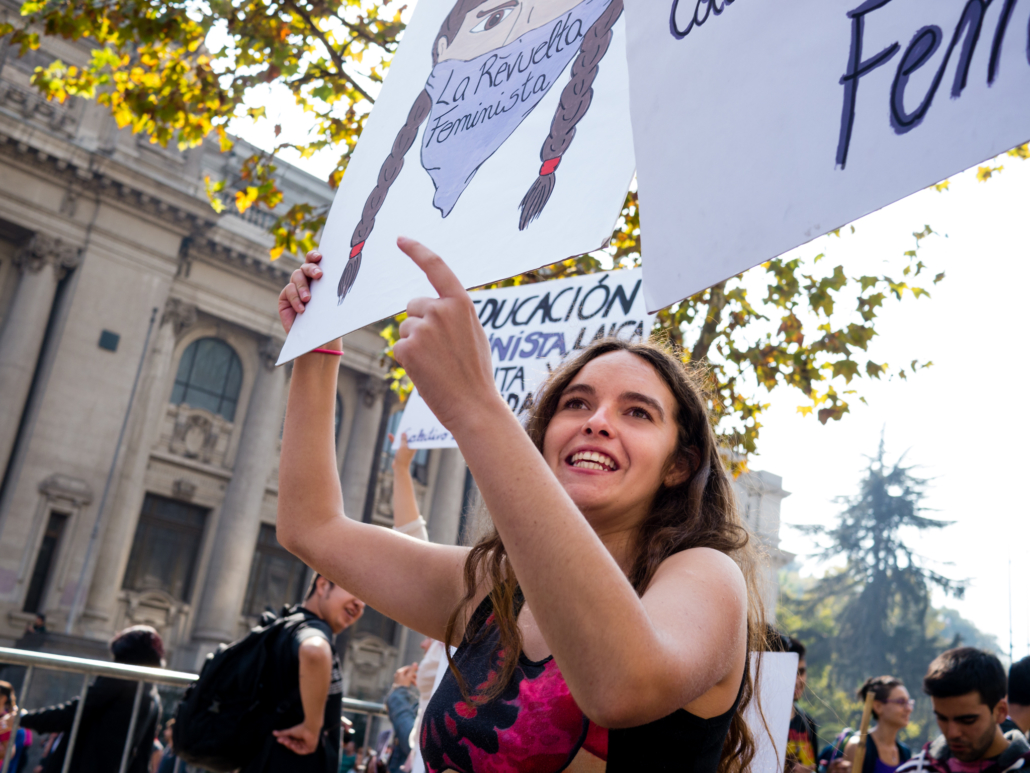6 Facts About Women’s Rights in Chile

Although Chile has one of the most prosperous economies in Latin America, it has been criticized for being slow to pass legislation that protects women’s rights. However, while there are still barriers to gender equality, great progress has been made. Here are six facts about women’s rights in Chile.
6 Facts About Women’s Rights in Chile
- Women’s rights in Chile have greatly improved over the last few decades. Women’s rights faced a slow start, with women finally gaining the right to vote in all elections in 1949. However, attempts at further progress between 1973 to 1988 were blocked by Chile’s authoritarian military regime. Chile became a democracy again in 1990, and since then, has been able to focus on improving women’s rights.
- Divorce, which was nonexistent in Chile, finally became legal in 2004. This event is seen as a win for women’s rights, as Chile has high rates of domestic violence. With divorce finally an option, women have a much better chance of escaping toxic and abusive relationships. Additionally, over the past two decades, the government has passed legislation that benefits single, working mothers. Women in need now have access to subsidized child care and maternity leave, furthering their ability to leave unhealthy relationships.
- The number of women in the Chilean Government has increased. Michelle Bachelet became president in 2006, making her the first female president of Chile. Since then, the government created quotas to increase women’s presence in government. Now, 40% of Parliament candidates are required to be female. To support this initiative, a non-profit called La Morada is actively working with women and encouraging political participation. Because of these changes, there has been a sharp increase in women holding government positions.
- The Chilean government is continuing to address women’s rights. In 1991, the government created the National Women’s Service (SERNAM) to advance women’s rights in Chile. It assists in creating woman-centered legislation that advocates for greater rights and representation for women. SERNAM has received increased funding in recent years, which has allowed it to continue and widen its work. Furthermore, Chile’s national action plan focuses on combatting domestic and sexual abuse. The government is creating programs to educate and train communities to best handle these sensitive situations, as well as opening centers that serve as safe havens for survivors of abuse.
- Women are being empowered to rise out of poverty and pursue education and careers. Women, especially women living in poverty, have historically had lower employment rates in Chile. The government has been striving to provide jobs for 300,000 women to bridge these gaps and encourage female employment. To ensure mothers can return to work, the government has increased access to daycare facilitates. This allows women to raise children while also providing for their families financially.
- Women have been active leaders of protests. Chile has recently experienced a period of severe political and social unrest. During this time, there have been frequent protests against the unfair actions of the government. Women activists in Chile have fought against the patriarchal values that have been historically enforced in their country. They repeatedly use the phrase “Nunca más sin nosotras” at many protests, which translates to “Never again without us women.” By participating in and leading these events, women are asserting that they will continue to fight for increased women’s rights in Chile.
These six facts about women’s rights in Chile highlight the progress that has been made and the work that still needs to be done. Gender equality can only be achieved if this issue remains a priority. With continued efforts by both the government and activists, there is hope for women’s rights to continue to improve in Chile.
– Hannah Allbery
Photo: Flickr
